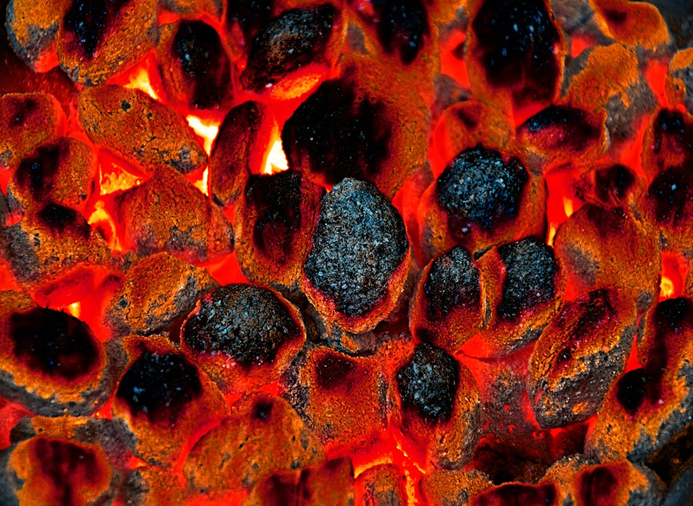Carbon black is a derivative form incomplete combustion of heavy petroleum products. Carbon black is an umbrella that covers a variety of byproducts. Some of the popular variants of carbon black are specialty black, FCC tar, and ethylene cracking tar, thermal black, lamp black, channel black, furnace black, and acetylene black. Talking about the structure of Carbon black, it’s a paracrystalline chemical compound with a high surface area-to-volume ratio. Not to be confused, carbon black has a similar chemical structure, look, and feel to activated carbon but its properties are quite different. Carbon black is highly toxic for plant and animal life and therefore, it is only used for industrial purposes.
Carbon black is commonly used for diesel oxidation experiments for diesel soot, reinforcing filler in tires, and manufacturing plastics, paints, and inks. However, carbon black is a carcinogenic element that requires utmost care and precaution while being used. Carbon black can be extremely harmful for human health in the case of both short-term and long-term direct exposure. Short-term exposure to carbon black results in respiratory problems while long-term exposure may result in lung cancer.
Global Carbon Black Market Report:
Automotive and petroleum industries are two major end-user industries of carbon black that also drive the global demand. The global carbon black market report suggests that the industry relies majorly on the chemical, petroleum, and automotive industry for the demand. Another type of carbon black, specialty black is usually in high demand in these industries.
The carbon black industry is growing at a Compound Annual Growth Rate (CAGR) of 3.5-4 percent and the growth rate is likely to sustain till 2022. The industry is witnessing an increase in the demand due to rapidly growing automotive industry in the developing economies on a global level. This has to do with the increasing disposable income of the individuals in the developing economies that has encouraged the growth in the automotive sector. APAC is a developing region with the highest demand of carbon black and a high supplier power. For obvious reasons, China dominates the global carbon black market with maximum production output and approximately 41 percent of market share.
Talking about the industrial demand, tire industry accounts for a maximum 67 percent of the global carbon black demand. Specialty black, another carbon black variant is in growing demand and it accounts for 9 percent of the niche demand from different industries as well. Apart from APAC, the major carbon black supply markets are North America and European Union. The supply share contribution of these 3 regions is approximately 11 percent and 13 percent. However, the supplier power remains low in these regions. The top global players viz. Aditya Birla Carbon, Orion, Cabot, Jiangxi Black Cat, and CSRC are from these 3 regions.
Global Carbon Black Industry Analysis and Opportunities:
The carbon black industry is going through capacity additions at various fronts. APAC is going through high capacity additions of approximately 0.91 MMT that are going to last till 2022. However, other regions are not adding capacities and reasons such as low profit margins and stringent environmental regulations are responsible for it. Nonetheless, the capacity additions are likely to remain ineffective.
The global carbon black industry is also witnessing price fluctuations in the regions such as APAC, Europe, and the U.S. The reason for price fluctuation is the reliance on specific variants of carbon black. Europe and the U.S. rely on crude oil-based and coal-based carbon black whereas APAC region relies heavily on coal-based carbon black. The demand for carbon black in the automotive industry is likely to rise steadily in the next 5-7 years. This is another reason for added capacities the APAC and the U.S. as they need to meet the increasing local demand.
Similarly, trade dynamics is also an important factor in the global market scenario. The price and quality of specialty carbon black are two major factors that drive the supply and demand ratio. The North American region had to reduce its imports on marginal levels whereas the Europe had to increase exports due to supply glut.
Being a combustive and toxic derivative, the global carbon black market is facing some challenges as well. One of the major challenges is the rising environmental concerns where activism for using nature-friendly and non-toxic materials is disrupting the market. The harms of carbon black to plant and animal life and its long-term effects have caused the governments across the globe to place stringent regulations on carbon black manufacturing methods and its industrial uses. This is another reason for the declining demands as the industries are also looking for safer alternatives. This also has to do with the working conditions for the workers and safety measures for preventing direct exposure to carbon black. The industry regulations also refer to this aspect for creating a safer and more professional working environment.

